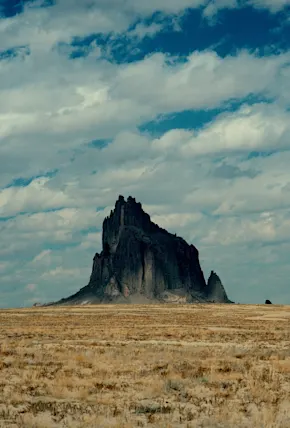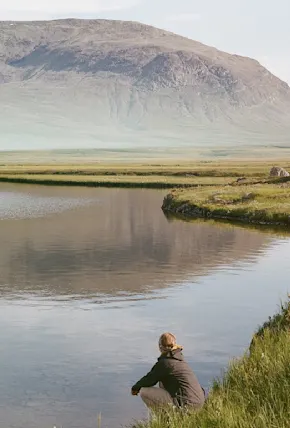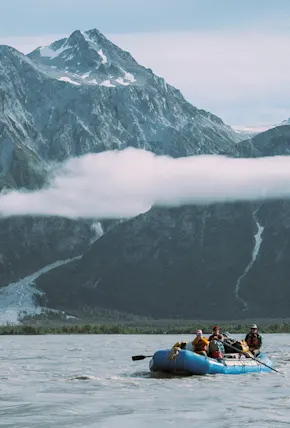Nash Rood is an emerging freelance film photographer based in Davis, California. Follow Nash on Instagram for more dreamy film photography.
They sped by us in a rage as we reached the top of the hill and approached the first passing lane we’d seen in the last 30 miles. On steep inclines with a fully loaded camp setup, my van tops out at just over 25mph. I’ve come to appreciate the “going nowhere fast” ethos that many van owner’s adopt, but the Tesla Model X behind us likely didn’t share the sentiment.
Unemployed and stuck in my college town, I decided to finally invest in a camper—a “pandemic van” as some have come to call such a thing.
After some searching I landed on a 1986 Toyota that was literally just called the “Van" in the North American market (also called HiAce in Japan). It’s the second generation with Toyota’s 4-YE engine—the same one long used in Toyota forklifts. These vans have been informally dubbed the "working-man’s VW" by enthusiasts, since they escape the price gouging of other, more recognizably trendy rigs, and will keep spinning forever if taken care of well. It’s not uncommon to see these vans pushing 300,000 or 400,000 miles on the original engine. And they have an incredibly active support-community of enthusiasts and DIY mechanics sharing advice on how to keep them on the road.


















